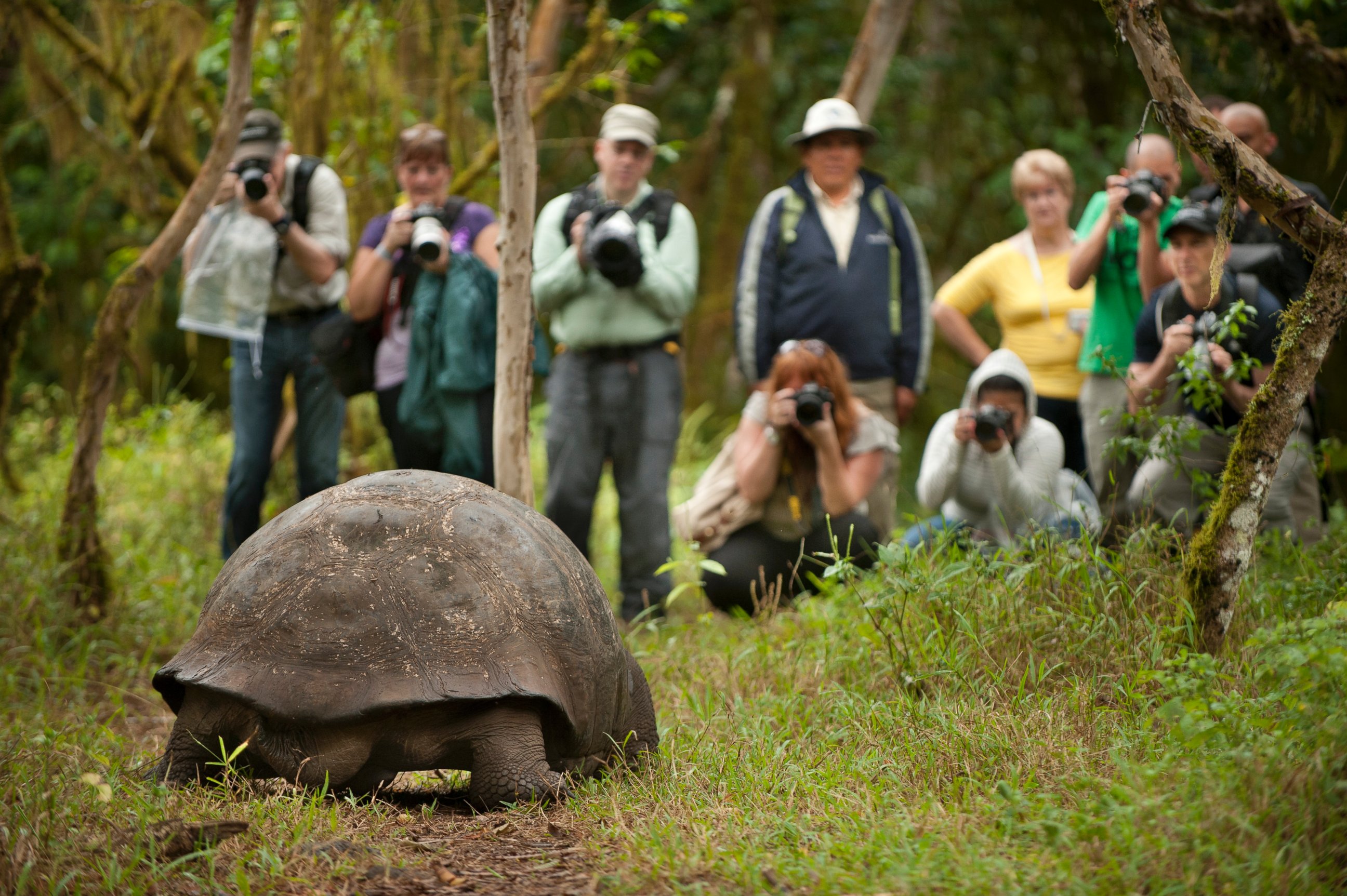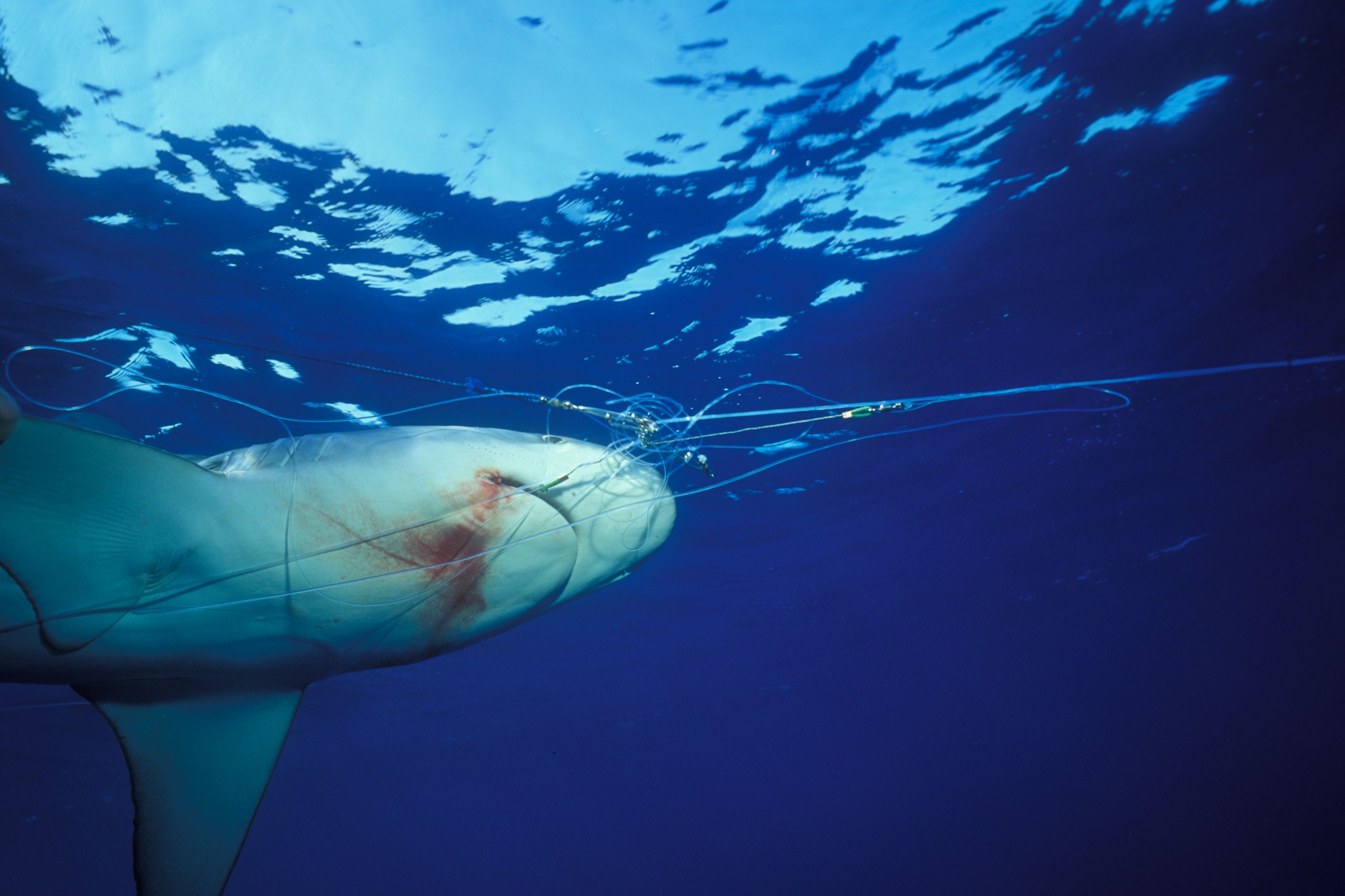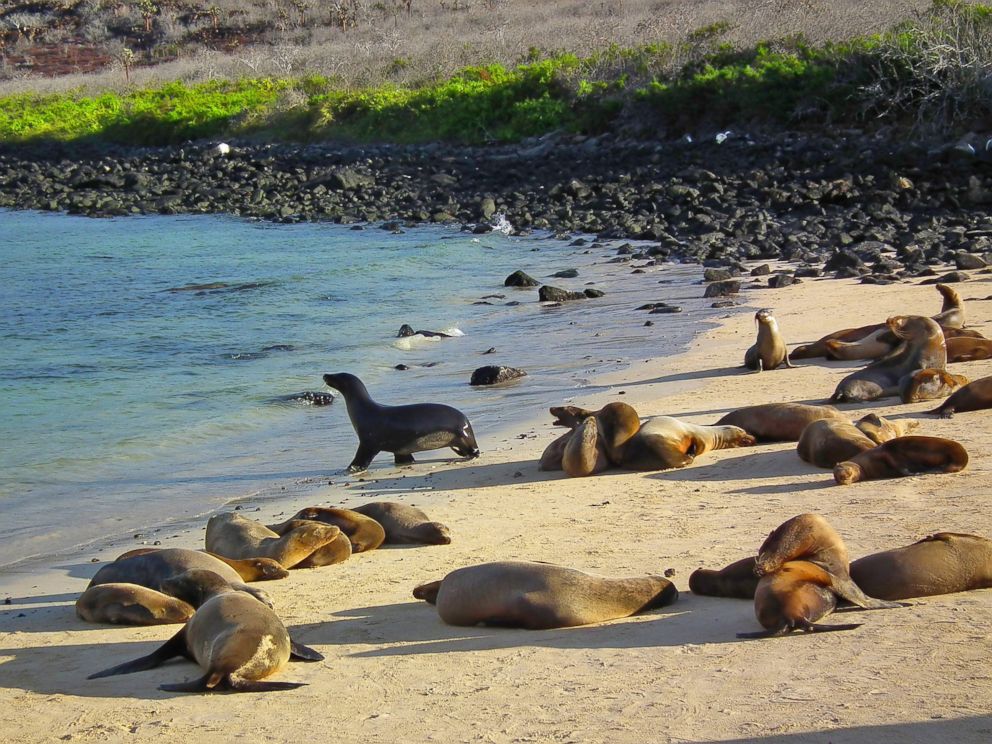Galapagos Volcano Eruption's Threat to Wildlife Is Small Compared to Man-Made Issues
Man-made threats pose far greater danger, experts say.
— -- The eruption of a mile-high volcano on one of the Galapagos Islands this week has triggered concerns for the fragile and world-renowned ecosystem on the remote islands. But volcanic activity isn’t the biggest threat to the region made famous by Charles Darwin’s studies on evolution, according to wildlife experts.
“Volcanism and eruptions are a normal part of the evolutionary ecology on the Galapagos Islands,” Steve Walsh, the director of the Center for Galapagos Studies at the University of North Carolina, told ABC News. “We seem to be excited about a volcano, but the Galapagos are under siege by a lot of different things.”
"There are far more human-induced threats to the species of the Galapagos," said Hugo Arnal, the World Wildlife Fund's director for Ecuador.
Experts list invasive species, overfishing, pollution, overpopulation and unsustainable tourism as more significant threats.

The Galapagos consist of 13 major islands formed by volcanic eruptions that occurred millions of years ago. Since Charles Darwin’s arrival in 1835, the Galapagos have been called a “living laboratory of evolution” because of wildlife found only on these islands. Giant tortoises, pink iguanas, red-footed boobies, and thousands of other unique species can only be found there.
For the first time in 33 years, Isabela Island’s Wolf Volcano erupted on Monday, shooting rivers of lava down its slopes and filling the night sky with a red glare. Technicians at the Galapagos National Park determined the lava is flowing southeast and seems to be sparing the northern section of the island where the world’s only population of pink iguanas lives.
“The population of the pink iguanas, yellow iguanas and land turtles are in the northeast and are out of danger,” said Danny Reuda, director of ecosystems at the Galapagos National Park Service, the Ecuadorian agency responsible for managing the Galapagos.

There is no human population near the volcano. Puerto Villamil, the nearest town, is located 115 kilometers to the south.
“There is some loss of vegetation, but it’s an opportunity for other species to grow,” Reuda said, calling the eruption a “natural process.” He added that officials would not interfere with the lava flow, which is beginning to freeze.

People may be a bigger threat than lava, experts say. Census data shows more than 26,000 people live on the islands, a UNESCO world heritage site. Unbeknownst to many tourists, the islands do not have widespread public sewage systems, according to the World Wildlife Fund. Sewage is left to seep into the ground and the sea. With the spike in tourism, the Galapagos' pristine landscape is in danger of being transformed.
"There has been an explosion in the number of hotels and restaurants," said WWF's Arnal, who argued that the increase in tourism is the main driver for expanding trade between the archipelago and the continent, creating more chances for invasive species to reach the pristine islands.

Introduced plants and animals, ranging from cats to avocados, represent a huge threat to native species, which lack natural predators and are defenseless to invasive predators, according to the Galapagos National Park Service. At one point, an estimated 100,000 feral goats lived on Isabela Island and devastated the ecosystem through overgrazing. The park service eventually was forced to adopt a radical eradication plan involving helicopter-mounted machine guns and radio collared “Judas” goats used to locate herds. The plan was deemed a success in 2005 when the last feral goat was removed from Isabela Island, though some 266 “Judas” goes remain for monitoring purposes.




